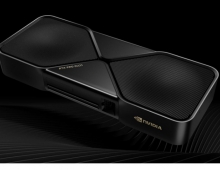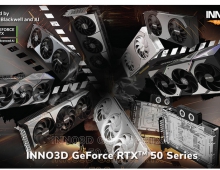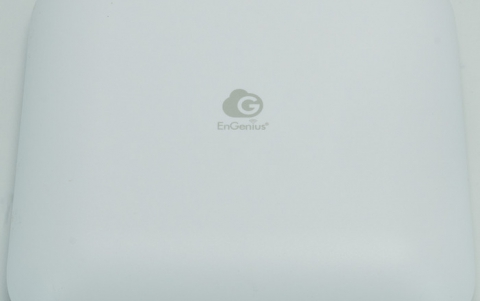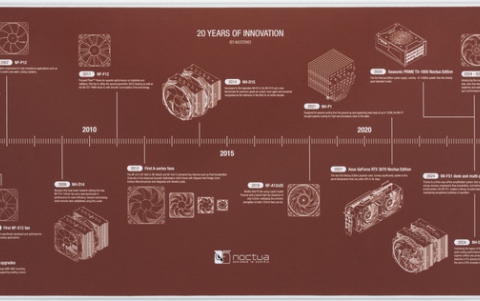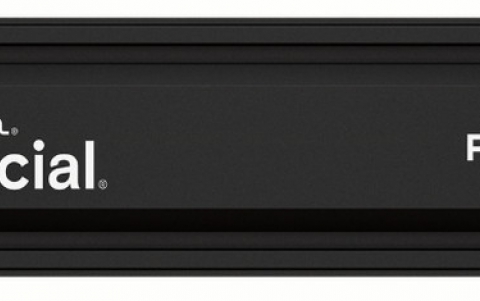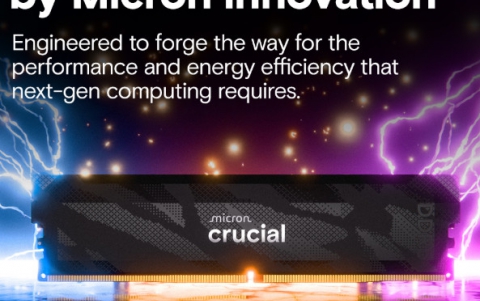Foxconn 7900GS
6. Splinter Cell Chaos Theory
Review Pages
- Splinter Cell Chaos Theory
A Japanese Information Defense Force is formed to help face modern threats. Deemed a violation of international law and of the Japanese Post-War Constitution, Korea and China become outraged.
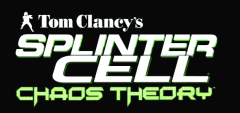 Secretly, the head of the IDF begins launching information-warfare attacks against Japan and blaming the attacks on North Korea. When the U.S. intervenes, as they are obligated to under Article 9 of the Japanese Post-War Constitution, the U.S. is attacked as well, forcing North Korea to escalate the situation with a pre-emptive invasion of South Korea.
Secretly, the head of the IDF begins launching information-warfare attacks against Japan and blaming the attacks on North Korea. When the U.S. intervenes, as they are obligated to under Article 9 of the Japanese Post-War Constitution, the U.S. is attacked as well, forcing North Korea to escalate the situation with a pre-emptive invasion of South Korea.
As war erupts on the Korean Peninsula, Sam Fisher must thwart the alliance between the Japanese Admiral, a neurotic computer hacker, and the head of an international paramilitary company in order to prevent the rekindling of a massive world war in the Pacific.
The graphical engine supports Pixel Shader 1 and 3, HDR along with other new effects. We used hocbench that offers all benchmarking options with an easy GUI.

We used the built-in "Guru3D 2" timedemo and all results are posted below, using SM1.1
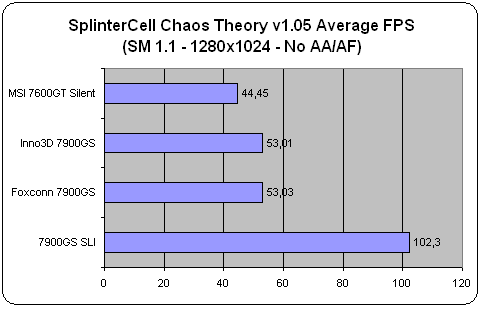
The performance difference between the two 7900GS cards is negligible. SLI offers 2x performance.
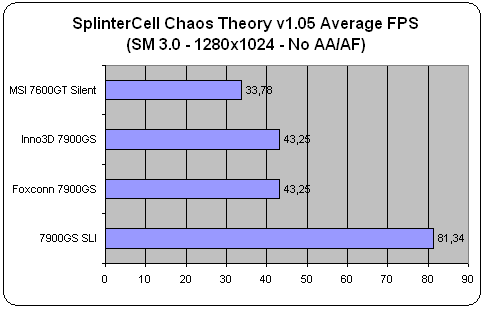
Enabling SM 3.0, gives a performance hit of 10FPS, dropping the average framerate down to 43.25. Again, SLI is 2x faster.

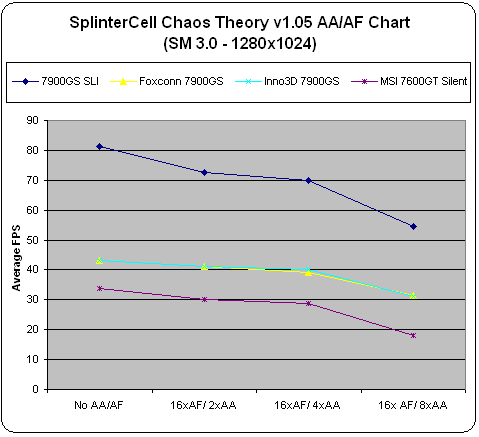
Lastly, after enabling various AA and AF modes, we can see the performance differences between the various cards. At the maximum possible quality, 32FPS for the Foxconn 7900GS card is about average, SLI has the clear advantage.
Review Pages



